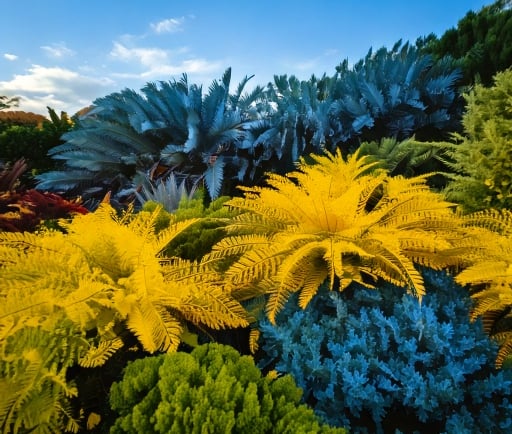The Potential for Photosynthesis on Planets Orbiting Red Dwarfs


Introduction to Multi-Star Systems
In the vast expanse of our universe, multi-star systems play a vital role in the ongoing search for extraterrestrial life. Among these, planets orbiting red dwarfs are particularly intriguing. Red dwarfs, being the most common type of star in our galaxy, offer unique conditions that may support life, particularly through the process of photosynthesis.
The Role of Sunlight in Photosynthesis
Photosynthesis is the process through which green plants, algae, and some bacteria convert light energy into chemical energy. This process is essential for life on Earth, as it provides the oxygen we breathe and forms the base of Earth’s food web. In multi-star systems where red dwarfs dominate, the nature of sunlight is quite different from what we experience in our solar system. Light emitted from red dwarfs is primarily in the infrared spectrum, with significant energy output at longer wavelengths.
Photosynthesis Under Red Dwarf Light
For plants to thrive under the light of red dwarfs, they would need to adapt their photosynthetic mechanisms to efficiently utilize this unique light spectrum. It is conceivable that alien flora could evolve to reflect and absorb these longer wavelengths of light. Such adaptation might lead to novel pathways for energy conversion, allowing these plants to photosynthesize in conditions previously deemed uninhabitable.
Consideration must also be given to atmospheric conditions on these exoplanets. If an exoplanet has a thick atmosphere that can filter harmful radiation while allowing red dwarf light to reach the surface, the odds for photosynthesis increase significantly. Plants on such planets may exhibit distinctive hues, perhaps appearing red or purple, due to the pigments that could optimize light absorption from the red dwarfs’ spectrum.
Furthermore, research indicates that the wavelengths emitted by red dwarfs are less energetic than those from our Sun; therefore, the adaptation period for life forms could be substantially longer. However, the potential for diverse ecosystems existing under such stars presents an exciting opportunity for astrobiology.
Conclusion
In conclusion, while the concept of plants successfully performing photosynthesis on distant worlds orbiting red dwarfs remains speculative, the possibilities are worthy of exploration. With the right adaptations, flora could harness the light from these stars, showcasing nature’s diversity and resilience. As we delve deeper into the cosmos and explore the myriad of celestial wonders, understanding the light dynamics in multi-star systems becomes crucial in our quest to discover life beyond Earth.
